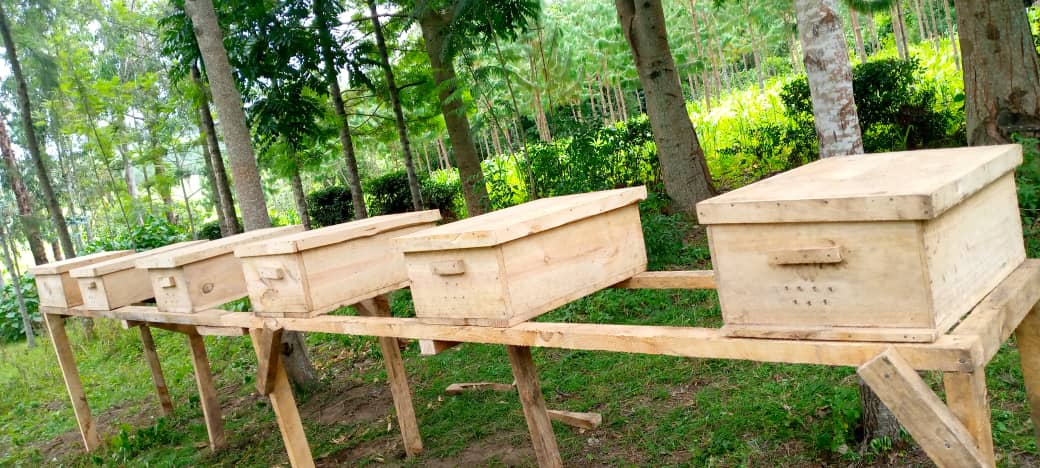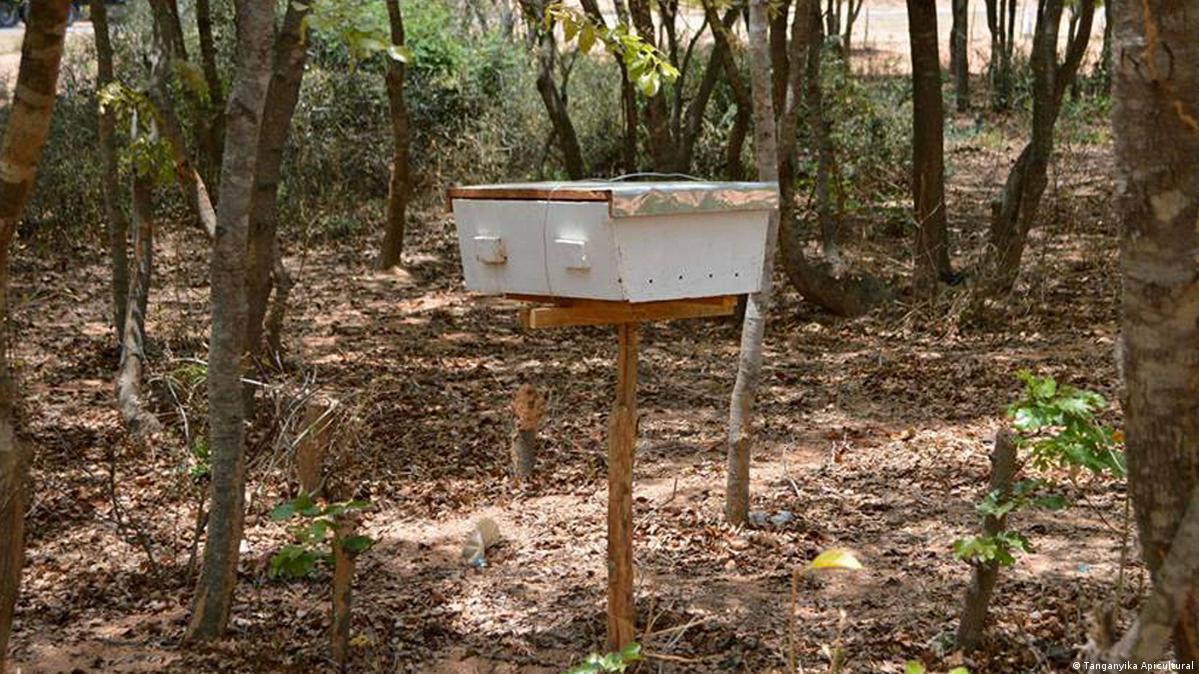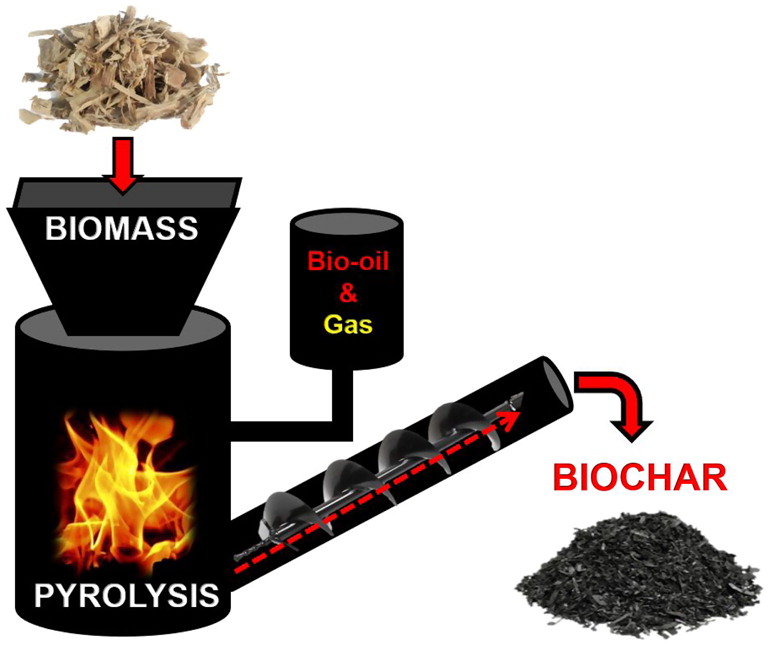The term Nature-based solutions (NBS) refers to the sustainable management and use of natural features and processes to tackle socio-environmental challenges. These challenges include issues such as climate change (mitigation and adaptation), water security, water pollution, food security, human health, biodiversity loss, and disaster risk management. The European Commission’s definition of NBS states that these solutions are “inspired and supported by nature, which are cost-effective, simultaneously provide environmental, social and economic benefits and help build resilience. Such solutions bring more, and more diverse, nature and natural features and processes into cities, landscapes, and seascapes, through locally adapted, resource-efficient and systemic interventions”. In 2020, the EC definition was updated to further emphasise that “Nature-based solutions must benefit biodiversity and support the delivery of a range of ecosystem services.” Through the use of NBS healthy, resilient, and diverse ecosystems (whether natural, managed, or newly created) can provide solutions for the benefit of both societies and overall biodiversity.
For instance, the restoration and/or protection of mangroves along coastlines utilizes a Nature-based solution to accomplish several goals. Mangroves moderate the impact of waves and wind on coastal settlements or cities and sequester CO2. They also provide nursery zones for marine life that can be the basis for sustaining fisheries on which local populations may depend. Additionally, mangrove forests can help to control coastal erosion resulting from sea level rise. Similarly, green roofs or walls are Nature-based solutions that can be implemented in cities to moderate the impact of high temperatures, capture stormwater, abate pollution, and act as carbon sinks, while simultaneously enhancing biodiversity.
Conservation approaches and environmental management initiatives have been carried out for decades. More recently, progress has been made in better articulating the benefits Nature-based solutions can provide for human well-being. Even if the framing of the term itself continues to evolve, examples of Nature-based solutions can already be found all over the world.
Recent studies have proposed ways of planning and implementing Nature-based solutions in urban areas, while NBS are increasingly being incorporated into mainstream national and international policies and programs (e.g. climate change policy, law, infrastructure investment, and financing mechanisms), with increasing attention being given to NBS by the European Commission since 2013, as an integral part of the EU’s Research & Innovation policy. The UN has also tried to promote a shift in perspective towards NBS: the theme for World Water Day 2018 was “Nature for Water”, while UN-Water’s accompanying UN World Water Development Report was titled “Nature-based Solutions for Water”. The 2019 UN Climate Action Summit, meanwhile, highlighted Nature-based solutions as an effective method to combat climate change, and a “Nature Based Solution Coalition” was created, including dozens of countries, led by China and New Zealand.
Societies increasingly face challenges such as climate change, urbanization, jeopardized food security and water resource provision, and disaster risk. One approach to answer these challenges is to singularly rely on technological strategies. An alternative approach is to holistically manage (socio-)ecological systems in order to sustain and potentially increase the delivery of ecosystem services to human populations. In this context, nature-based solutions (NBS) have recently been put forward by practitioners and quickly thereafter by policymakers. These solutions stress the sustainable use of nature in solving coupled environmental-social-economic challenges.
While ecosystem services are often valued in terms of immediate benefits to human well-being and the economy, NBS focus on the benefits to people and the environment itself, to allow for sustainable solutions that are able to respond to environmental change and hazards in the long term. NBS goes beyond traditional biodiversity conservation and management principles by “re-focusing” the debate on humans and specifically integrating societal factors such as human well-being and poverty reduction, socio-economic development, and governance principles.
With respect to water issues, NBS can, according to the World Water Development Report 2018 by UN-Water, achieve the following:
Use natural processes to enhance water availability (e.g., soil moisture retention, groundwater recharge),
Improve water quality (e.g., natural wetlands and constructed wetlands to treat wastewater; riparian buffer strips), and
Reduce risks associated with water‐related disasters and climate change (e.g., floodplain restoration, green roofs).
What are nature-based solutions?
Nature-based solutions are actions to protect, sustainably manage, or restore natural ecosystems, that address societal challenges such as climate change, human health, food and water security, and disaster risk reduction effectively and adaptively, simultaneously providing human well-being and biodiversity benefits. For example, a common problem is flooding in coastal areas that occurs as a result of storm surges and coastal erosion. This challenge, traditionally tackled with manmade (grey) infrastructure such as sea walls or dikes, coastal flooding, can also be addressed by actions that take advantage of ecosystem services such as tree planting. Planting trees that thrive in coastal areas – known as mangroves — reduces the impact of storms on human lives and economic assets, and provides a habitat for fish, birds and other plants supporting biodiversity.
Do nature-based solutions help fight climate change?
Estimates suggest that nature-based solutions can provide 37% of the mitigation needed until 2030 to achieve the targets of the Paris Agreement. How can this be done? If you plant trees, they’re going to soak up carbon. For example, restoring native forest at the margins of the river to avoid landslides can also act as a carbon sink. Climate-smart agriculture is another example that enables farmers to retain more carbon in their fields as they produce crops. Decreasing deforestation is another way to benefit from nature-based solutions – for example, by paying farmers not to cut down the forest preserves ecosystem services such as carbon sequestration, provision of clean drinking water, and reduction of river sedimentation downstream.
Nature-based solutions also play a key role in climate change adaptation and building resilience in landscapes and communities. Several nature-based solutions are being used by the World Bank to help manage disaster risk and reduce the incidence and impact of flooding, mudslides, and other disasters. They are a cost-effective way of addressing climate change while also addressing biodiversity and land degradation. You can address several problems at once.
But it’s not automatic that everything you plant becomes a nature-based solution that contributes to biodiversity – for example, planting trees that are not from the region and are toxic to local animals would not generate biodiversity benefits.
Estimates suggest that nature-based solutions can provide 37% of the mitigation needed until 2030 to achieve the targets of the Paris Agreement.
Examples of nature-based solutions
Restoring and protecting forests and wetlands in catchments
Protecting or restoring forests and wetlands (e.g. peatlands) in catchments can secure and regulate water supplies, support the production of forest products, and protect communities and infrastructure from floods, soil erosion and landslides.
Bringing nature into cities
Creating green roofs and walls and planting trees in cities can moderate the impacts of heatwaves, capture stormwater and abate pollution. Such measures also have positive outcomes for mental and physical health.
Coastal habitat restoration
Protecting or restoring coastal ecosystems (mangroves, reefs and salt marshes) protects communities and infrastructure from storm surges and erosion. Coastal habitats, especially mangroves, are particularly good at sequestering carbon, so restoration also contributes to climate change mitigation.




